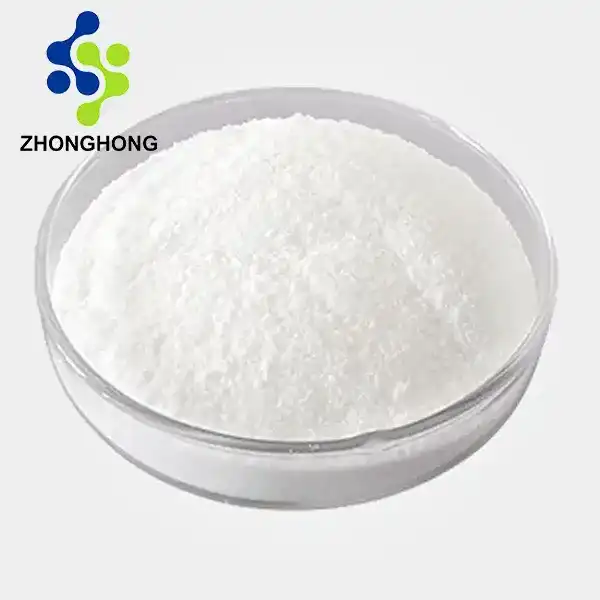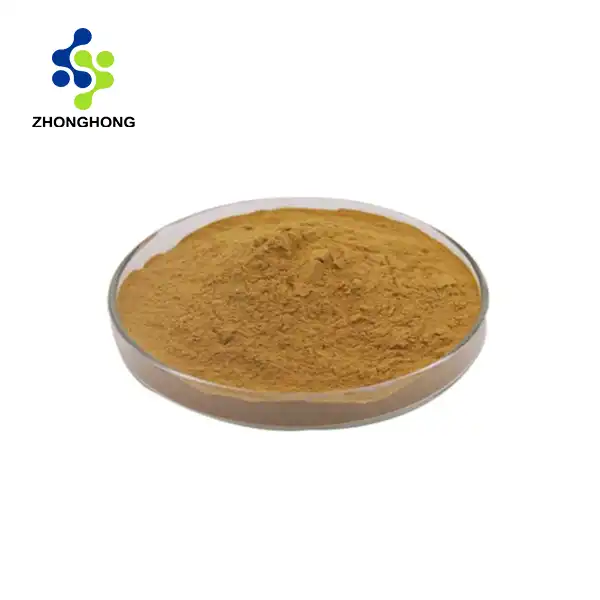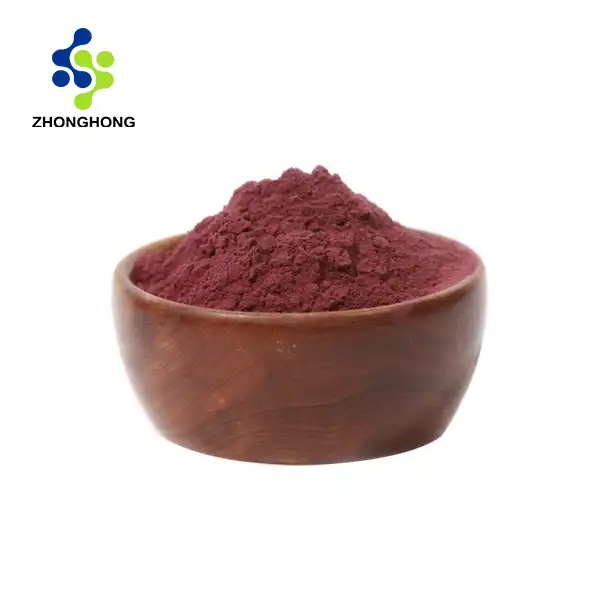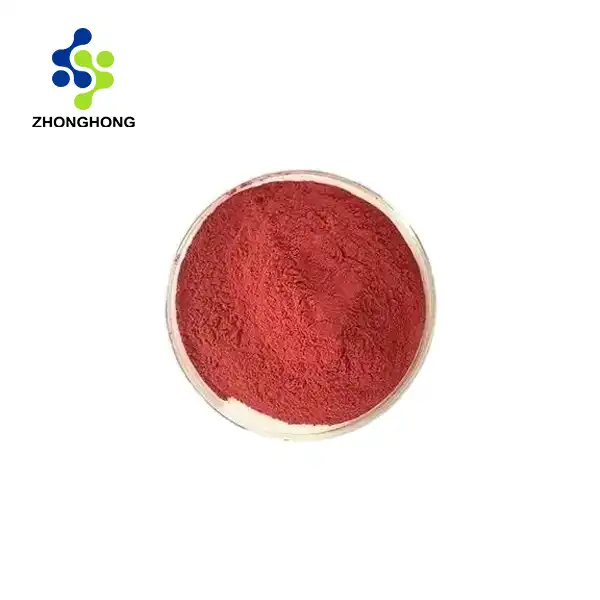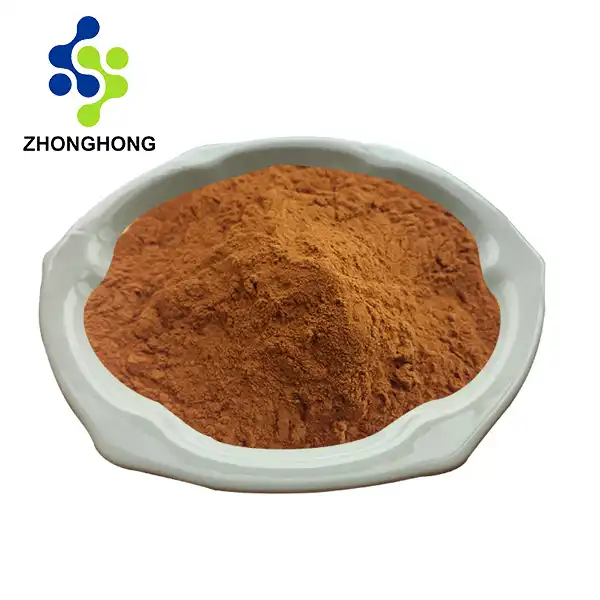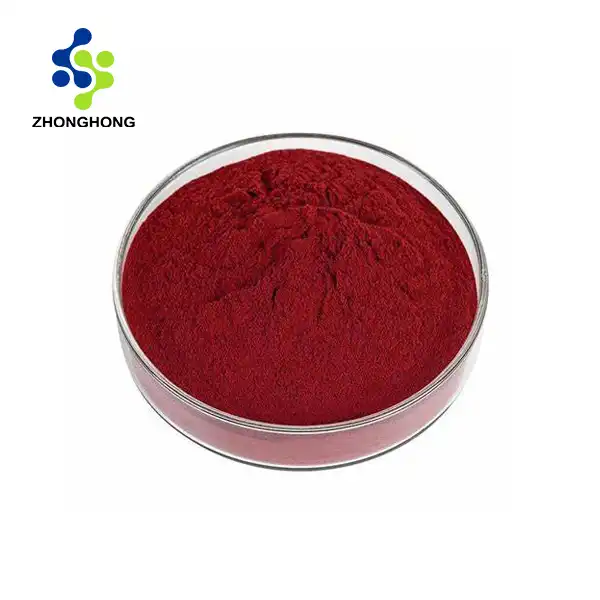Puncturevine Caltrop Fruit: A Natural Remedy
2024-12-26 23:05:29
Puncturevine caltrop fruit, also known as tribulus terrestris, has been used in traditional medicine for centuries. This prickly plant, native to warm temperate and tropical regions, has gained attention for its potential health benefits. From boosting athletic performance to supporting reproductive health, puncturevine caltrop fruit has a wide range of applications. In this blog, we'll explore the traditional uses, modern research, and safety considerations of this intriguing natural remedy. Whether you're a health enthusiast or simply curious about alternative medicine, join us as we delve into the world of puncturevine caltrop fruit and its potential as a natural therapeutic agent.
Traditional Uses of Caltrop Fruit
Ancient Medicinal Practices
Puncturevine caltrop fruit has been a cornerstone of traditional medicine for centuries. In Ayurveda, it is revered as gokshura and has been used to address a variety of ailments, from kidney issues to inflammation. In Traditional Chinese Medicine (TCM), the fruit is known as bai ji li, where it is believed to help balance the body's energy and treat conditions like fever and skin problems. These ancient practices recognized the fruit’s healing potential, often using it as a tonic for overall vitality and wellness.
Reproductive Health Support
One of the most well-known traditional uses of puncturevine caltrop fruit is for promoting reproductive health. In many cultures, it has been used to enhance libido and support fertility in both men and women. It is often cited as a natural aphrodisiac, believed to boost sexual desire and stamina. The fruit was also used by women to ease menstrual discomfort and regulate cycles, making it a key ingredient in traditional remedies aimed at balancing reproductive health.
Urinary System Health
Caltrop fruit has long been used in traditional medicine to support urinary system health. Known for its diuretic properties, it was commonly used to promote urine production, helping the body flush out excess toxins and waste. In various cultures, it was also employed to treat urinary tract infections, bladder issues, and kidney stones. While its effectiveness in these areas is supported by tradition, further scientific research is needed to validate these uses and determine its precise therapeutic benefits.
Modern Research on Puncturevine
Athletic Performance Studies
Recent studies have focused on the potential benefits of puncturevine caltrop fruit in improving athletic performance. Some research suggests that it may increase testosterone levels, which could support enhanced muscle strength and endurance. This has led to the herb's popularity among athletes looking to boost their physical performance. However, the results remain inconclusive, with mixed findings across various studies. More large-scale, controlled trials are needed to determine its true effectiveness in enhancing athletic performance.
Cardiovascular Health Investigations
Puncturevine caltrop fruit has also been investigated for its potential cardiovascular benefits. Research has looked into its ability to affect cholesterol levels, blood pressure, and overall heart health. Some preliminary studies indicate that it may help lower cholesterol and improve blood pressure regulation, which could support heart function. However, these findings are still in the early stages, and more robust clinical trials are necessary to definitively assess its role in cardiovascular health and its long-term effects on the heart.
Diabetic Management Research
In the realm of diabetes management, puncturevine caltrop fruit has garnered attention for its potential to regulate blood sugar levels and improve insulin sensitivity. Early studies suggest it may have a beneficial impact on glucose metabolism, which is vital for managing diabetes. While these findings are promising, further clinical research is required to fully understand its mechanisms and effectiveness. Determining optimal dosages and safety guidelines for diabetic patients remains an important focus for future studies.
Is Caltrop Fruit Safe for Everyone?
Potential Side Effects
While puncturevine caltrop fruit has been used safely for centuries in traditional medicine, it's important to be aware of potential side effects. Some people may experience mild gastrointestinal discomfort, such as stomach upset or diarrhea. In rare cases, allergic reactions have been reported. As with any supplement, it's crucial to start with a low dose and monitor your body's response.
Interactions with Medications
Puncturevine caltrop fruit may interact with certain medications, particularly those used to manage diabetes or heart conditions. It may also affect the metabolism of some drugs in the liver. If you're taking any medications, especially blood thinners or hormone therapies, it's essential to consult with a healthcare professional before incorporating caltrop fruit into your regimen.
Precautions for Specific Groups
Certain groups should exercise caution when considering the use of puncturevine caltrop fruit. Pregnant and breastfeeding women should avoid it due to a lack of safety data. Individuals with hormone-sensitive conditions, such as breast cancer or prostate cancer, should also consult a healthcare provider before use, as caltrop fruit may affect hormone levels. Those scheduled for surgery should discontinue use at least two weeks prior, as it may interfere with blood sugar control during and after the procedure.
Conclusion
Puncturevine caltrop fruit offers intriguing potential as a natural remedy, with a rich history in traditional medicine and growing interest in modern research. While promising, it's crucial to approach its use with caution and under professional guidance. As research continues, we may uncover more about this fascinating plant and its applications in health and wellness. If you want to get more information about this product, you can contact us at liaodaohai@gmail.com.
References
1. Wang, Y. et al. (2019). "Traditional uses and pharmacological properties of Tribulus terrestris L. in traditional Chinese medicine." Journal of Ethnopharmacology, 240, 111891.
2. Qureshi, A. et al. (2018). "Therapeutic potential of Tribulus terrestris L. in human health: A systematic review." Phytomedicine, 43, 121-131.
3. Zhu, W. et al. (2017). "A review of traditional pharmacological uses, phytochemistry, and pharmacological activities of Tribulus terrestris." Chemistry Central Journal, 11(1), 60.
4. Chhatre, S. et al. (2014). "Phytopharmacological overview of Tribulus terrestris." Pharmacognosy Reviews, 8(15), 45-51.
5. Antonio, J. et al. (2000). "The effects of Tribulus terrestris on body composition and exercise performance in resistance-trained males." International Journal of Sport Nutrition and Exercise Metabolism, 10(2), 208-215.
6. Gauthaman, K. & Ganesan, A. P. (2008). "The hormonal effects of Tribulus terrestris and its role in the management of male erectile dysfunction – an evaluation using primates, rabbit and rat." Phytomedicine, 15(1-2), 44-54.
YOU MAY LIKE
_1728976869676.webp)
